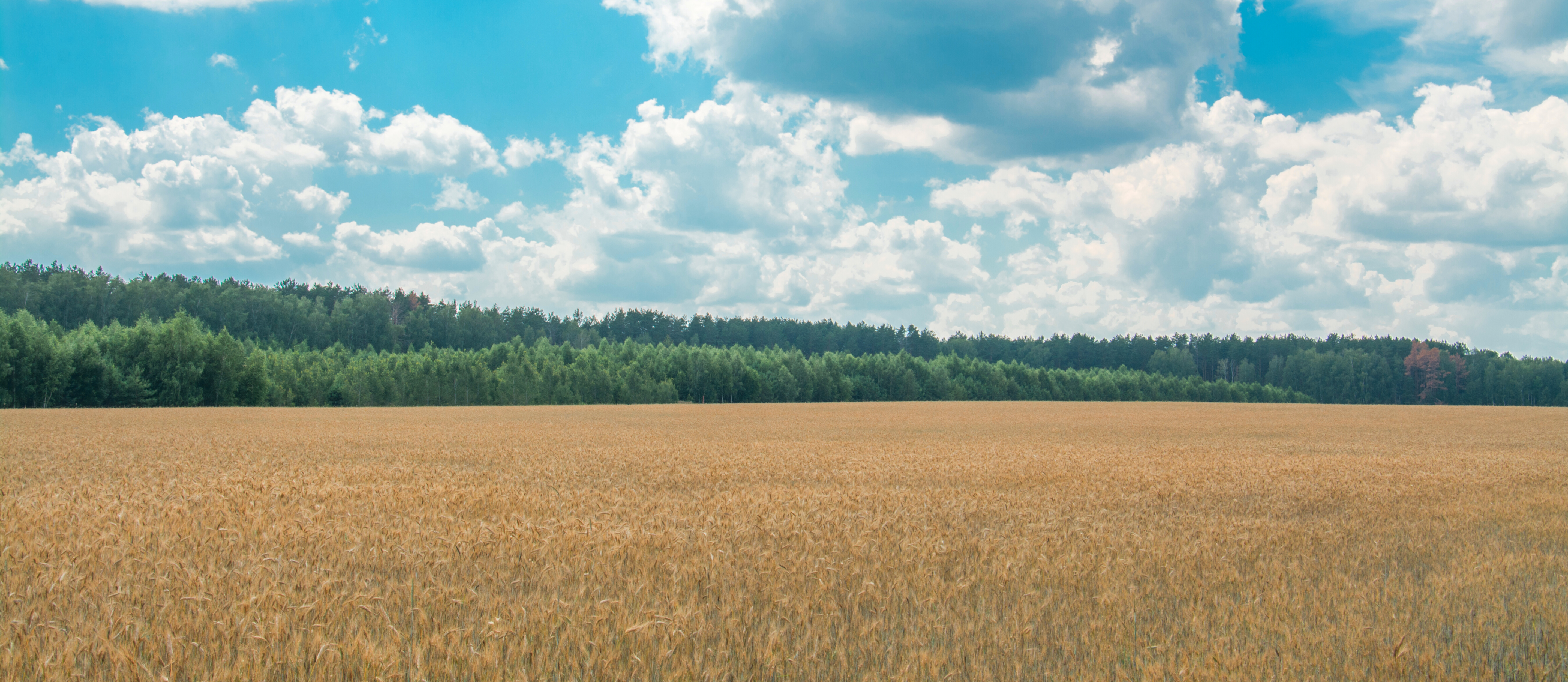Economics of Various Winter Wheat Management Strategies
Economics of Various Winter Wheat Management Strategies

Planting season is right around the corner for those in Kentucky growing winter wheat this year. Are you thinking about adjusting management practices by increasing seeding rates or adding phosphorus in anticipation of increased yields? Have you ever wondered how planting and harvest timings affect winter wheat yields? Over the past three years, Dr. Katherine Rod (former Plant and Soil Science graduate student) and Dr. Carrie Knott conducted research, funded by the KY Small Grain Growers’ Association, to answer these questions.
Experiments conducted in Princeton, KY, examine how various winter wheat management strategies affect yields and overall economics, compared to the University of Kentucky’s recommendations. The specific input adjustments examined include increasing the seeding rate of winter wheat from 35 plants/ft2 (University of Kentucky’s recommended rate) to 56 plants/ft2 and applying in-furrow phosphorus (P2O5) at a rate of 42 lbs./ac (University of Kentucky’s recommended rate is 0 lbs./ac of P205). Table 1 illustrates that increasing the seeding rate for winter wheat and applying in-furrow phosphorus increases yields slightly, but not enough to offset the cost of the additional inputs for all scenarios. Given a winter wheat price of $5.25/bu, seed price of $16.50/bag, and a triple superphosphate price of $522/ton, these adjustments in management strategies result in losing up to $31.15/ac as compared to University of Kentucky’s recommended rates.
Other management strategies examined included how planting and harvest timings affect both winter wheat and double-crop soybean yields. Harvesting winter wheat earlier (mid-June) than normal (beginning of July) allows for earlier planting of double-crop soybeans, affecting both yields in a double-crop wheat and soybean rotation common in Kentucky. However, harvesting earlier requires on-farm drying of winter wheat to avoid a moisture dockage at the elevator. The prices used for this analysis include a wheat price of $5.25/ac, a soybean price of $8.50/ac, and a $0.05/bu point removed for drying and storing winter wheat. Table 2 illustrates that October planting is optimal for winter wheat in Kentucky compared to November planting. Furthermore, a management strategy of planting winter wheat in October and harvesting earlier than normal results in a net return increase of $35.20/ac. Anecdotal evidence suggests that most wheat producers in Kentucky have already adopted the October planting and early harvest strategy. However, this research highlights the economic justification for this strategy based on yield gains alone. Couple this management strategy with a good marketing strategy and October planting with an early harvest can result in further increases in net returns for a double-crop wheat and soybean system in Kentucky.
Table 1. Yields and economic returns for applying phosphorous (P2O5) and an increased seeding rate for winter wheat in Kentucky as compared to UK’s recommended rates (Base)
| Seeding Rate (Plants/ft2) | P2O5 Rate (lbs/ac) | Wheat Yields (bu/ac) | Additional Cost ($/ac) | Additional Revenue ($/ac) | Net Returns ($/ac) | |
|---|---|---|---|---|---|---|
| Base | 35 | 0 | 74.1 | -- | -- | -- |
| Base + P2O5 | 35 | 42 | 75.3 | $23.75 | $6.60 | -$17.15 |
| High Seed | 56 | 0 | 75.7 | $22.60 | $8.45 | -$14.15 |
| High Seed +P2O5 | 56 | 42 | 77.5 | $47.60 | $16.45 | -$31.15 |
Table 2. Double-crops wheat and soybean yields and overall economic returns for various planting and harvest timings for winter wheat in Kentucky.
| Planting | Harvest Timing | Wheat Yields (bu/ac) | Reduced Revenue ($/ac) | Soybean Yields (bu/ac) | Additional Revenue ($/ac) | Net Returns ($/ac) |
|---|---|---|---|---|---|---|
| October | Normal1 | 88 | 0 | 52 | 0 | 0 |
| November | Normal | 64 | -$129.30 | 52 | 0 | -$129.30 |
| October | Early2 | 89 | -$49.80 | 62 | $85.00 | $35.20 |
| November | Early | 59 | -$195.30 | 62 | $85.00 | -$110.30 |
1-Normal harvest around July 1st
2-Early Harvest around June 12th
Author(s) Contact Information:
